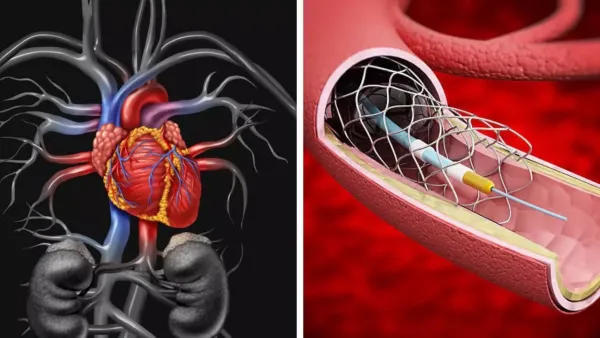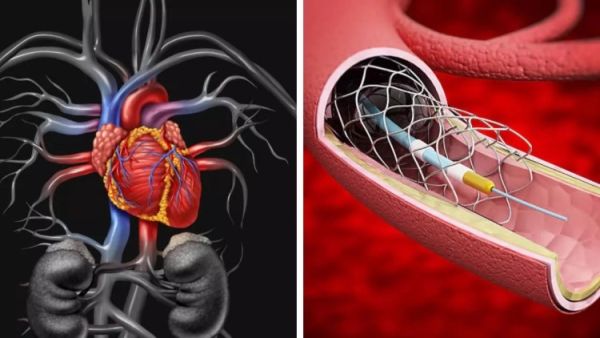
A cardiac stent designed especially for newborns and young children has been authorized by the US Food and Drug Administration. This device may assist people with certain congenital heart abnormalities in avoiding having many open heart surgeries throughout their childhood.

Over 40,000 newborns in the US are born with congenital heart abnormalities every year, which occur when a baby’s heart does not grow correctly during pregnancy, according to the Centers for Disease Control and Prevention. According to medical professionals, stents are sometimes used to repair blood vessel problems. They keep blood vessels open and guarantee that blood can flow through them normally.
For newborns and young children with congenital heart disease, adult-size stents are cut to fit.
When stents are needed for newborns and young children, the adult-sized ones are often cut down or altered to fit into the walnut-sized small cardiac arteries. Consequently, physicians must repair the stents as the kid grows and their blood vessels enlarge, often requiring open heart surgery.
Despite the exceptionally high survival rate, doctors claim that most children will need four, five, or even six open heart operations over their lifespan, even though this is a common procedure. Experts are concerned that it may result in healing trauma.
How does the new stent function?
Renata, a biotech business located in California, makes the Minima stent, which is designed to grow with the kid as they get older. The business claims that a less invasive process may be used to change the stent’s size via a groin blood vessel as an alternative to surgery. After open heart surgery, patients may return home one day later on average, as opposed to seven days.
The Minima stent has been authorized by the FDA to treat two heart conditions: stenosis, which causes the pulmonary artery, which helps pump blood from the heart to the lungs, to narrow and harden, and coarctation, or narrowing of the aorta, the biggest blood vessel in the body.
The government said that after more testing, the stent will be authorized to treat other congenital cardiac abnormalities.
A congenital cardiac defect is what?
A congenital heart defect (CHD) is a problem in a child’s heart anatomy that typically exists from birth and results in normal blood flow.
A breach in the wall of your heart
Problems with your arteries
issues with your heart’s blood-flow-regulating valves
Simple instances of CHD can show no symptoms at all. However, some may be fatal and need medical attention from an early age. Among the symptoms and indicators of CHD are:
Pale lips, nails, or skin
Overslumber
Breathlessness or rapid breathing
Overwhelming fatigue
Being too fatigued
heart palpation
inadequate blood flow
feeble heartbeat or thumping heartbeat